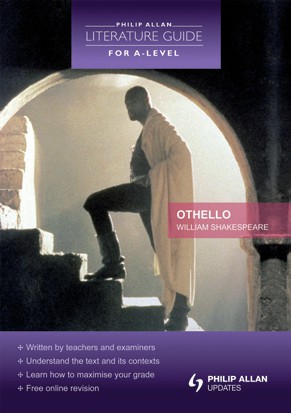
The language of literature is in a sense its basic raw material, comprising both the words themselves and the ways in which they are put together to create meaning. Literary language differs from the words and phrases we use every day in showcasing a variety of techniques designed to create specific effects and tending to be figurative rather than literal.
Language is often the strand of AO2 with which students seem most comfortable, but that in itself can lead to some problems in the examination; it is vital to avoid spouting redundant waffle about imagery ‘creating a picture in the reader’s mind’ for instance. (One can only wonder what picture this might be — Leonardo Da Vinci’s Mona Lisa or Jackson Pollock’s No. 5?) In terms of linguistic features, it is far more productive to think about the most striking aspects of the diction of your text. What really stands out here — dialogue, dialect, imagery, symbolism, or a combination of all of these factors? Remember that in order to discuss language in detail you will need to quote accurately from the text, but the mere act of quoting is not enough to meet AO2. What is important is what you do with the quotation — how you analyse it and how it illuminates your argument — and yes, this does mean continuing with the tried-and-trusted PEE (point, evidence, explanation) paragraph structure drilled into you at GCSE. Moreover, since you will often need to make points about larger generic and organisational features of your chosen text such as books, chapters, verses, cantos, acts or scenes which are usually much too long to quote, being able to reference effectively is just as important as mastering the art of the embedded quotation.
Your organisation does not have access to this article.
Sign up today to give your students the edge they need to achieve their best grades with subject expertise
Subscribe




